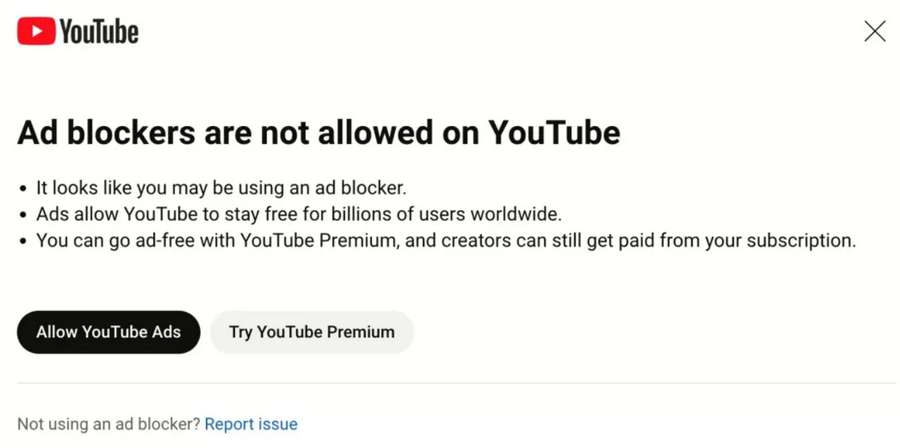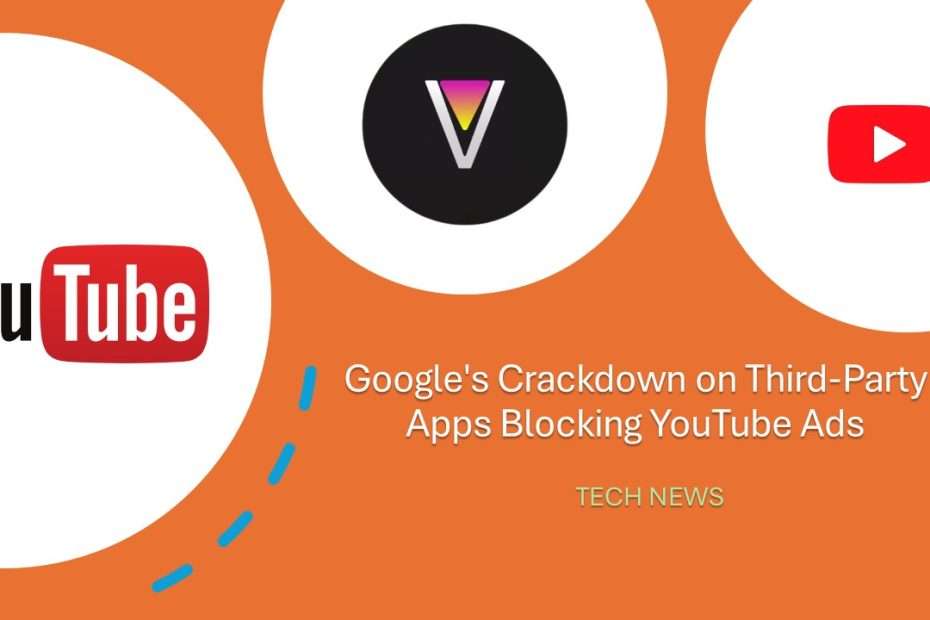Google’s crackdown on ad blockers gained momentum last year with restrictions on YouTube video playback for users employing ad-blocking software. Now, the company is broadening this effort to target third-party applications allowing viewers to stream YouTube content while bypassing advertisements. In a recent support document, Google warned that users utilizing these third-party apps with integrated ad-blocking features might encounter buffering problems or encounter an error message stating, “The following content is not available on this app“.
Google emphasized its policy of permitting developers to utilize the official YouTube API, provided they adhere to its terms of service. These terms expressly prohibit third-party applications from disabling ads. The company further cautioned that it will enforce “appropriate action” against apps found in breach of these terms, although the specific actions were not explicitly outlined. This move underscores Google’s commitment to ensuring a consistent ad experience across its platform while signaling a proactive stance against unauthorized ad-blocking methods.

Google acknowledged that certain users may desire a completely ad-free experience on YouTube and recommended subscribing to YouTube Premium for this purpose. The subscription service begins at $13.99 per month for individuals subscribing through the web or Android app. However, for those signing up via the YouTube app on an iPhone or iPad, the cost is $18.99 per month. Recognizing the preference of some users to avoid monthly payments, YouTube also provides an annual subscription option at a discounted rate of $139.99. This variety of pricing options aims to cater to different user preferences and budgets, offering a seamless viewing experience without interruptions from advertisements for those who opt for the Premium service.
Last year, YouTube initiated efforts to combat ad-blockers, limiting users capacity to bypass advertisements during video playback. This crackdown gained attention in May when reports surfaced on Reddit and social media platforms, indicating that viewers employing ad-blockers were confronted with a prompt to disable their blocking software. Those who opted to disregard the message were then restricted to watching a maximum of three videos, illustrating YouTube’s firm stance against ad-blocking practices. This proactive approach aims to maintain a fair advertising ecosystem on the platform, ensuring that creators receive due compensation for their content while providing viewers with a balanced viewing experience.
In a subsequent move, a few months later, YouTube extended its crackdown on ad-blockers worldwide, taking the step of blocking users of ad-blocking software from accessing the platform altogether. As part of this initiative, a message started appearing stating “video playback is blocked unless YouTube is allowlisted or the ad blocker is disabled“. Although some users managed to bypass this restriction initially using certain third-party applications, even these workarounds are now being phased out. Consequently, the sole remaining option for those seeking an ad-free YouTube experience is to subscribe to YouTube Premium. This shift underscores YouTube’s commitment to maintaining an equitable advertising environment and ensuring creators receive appropriate compensation for their content, while offering viewers the choice of an uninterrupted viewing experience through its premium service.
Maybe you liked other interesting articles?

